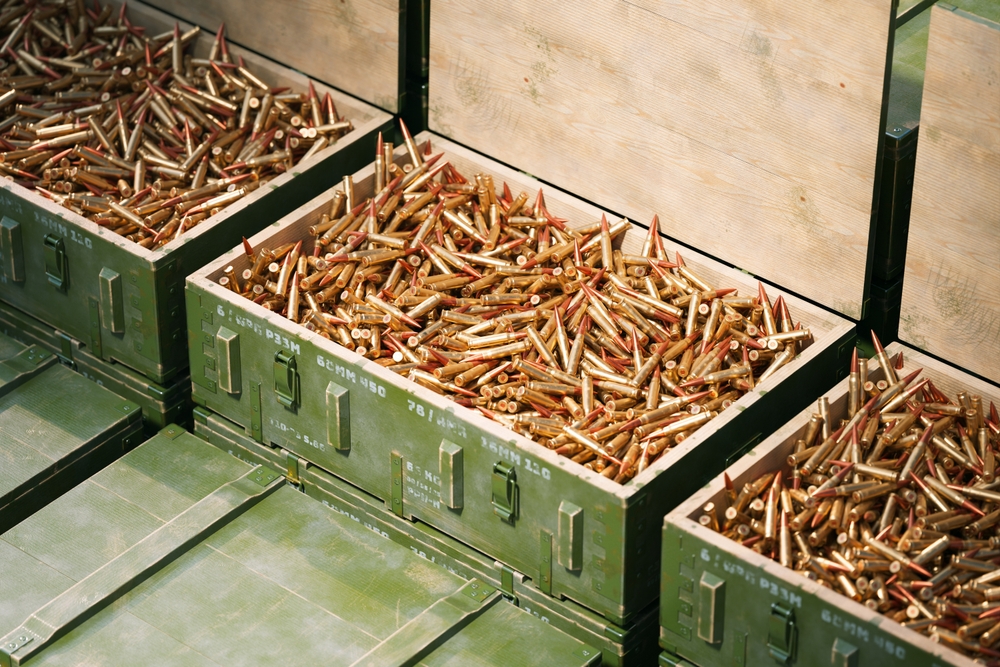Many of the depots now contain only outdated and potentially dangerous remnants.
Others are reading now
Russia now reportedly relies on North Korean artillery ammunition for nearly 60% of its supplies as its own massive Soviet-era stockpiles run low.
Contain Outdated Remnants
Satellite images analyzed by open-source intelligence researcher Just BeCause show that Russian ammo storage sites, once packed with artillery shells, have been almost emptied.
Many of the depots now contain only outdated and potentially dangerous remnants, according to WP.
According to Just BeCause, recent satellite images compared with those from 2022 reveal Russian depots largely emptied of artillery shells, with some sites down to 10% of their previous stocks.
Also read
Facilities like Ammo Base No. 2719 now appear stripped of most usable munitions, leaving largely unusable, deteriorating ammunition behind.
Relying on North Korean Supplies
Russia has produced only around 30% of the artillery ammunition it needs, relying on North Korean supplies to fill the gap. The diminishing stockpiles include rounds for widely-used 122 mm and 152 mm artillery systems.
These systems, once the backbone of Soviet and now Russian artillery, include rounds like the 122 mm OF-462, capable of hitting targets up to 15–24 km depending on the gun’s barrel length.
Larger 152 mm shells, like the OF-25, which contain around 6.5 kg of TNT, are common in systems such as the 2S3 Akatsiya and the 2S19 Msta-S, with a range of up to 24 km.
Rocket artillery has also been severely impacted, with dwindling stocks of 122 mm rockets for BM-21 Grad systems and larger, 220 mm rockets for BM-27 Uragan, which have ranges up to 60 km in newer models.
The largest 300 mm rockets, designed for the BM-30 Smerch system with 250 kg warheads, are now in short supply.
Reports from 2023 indicate that much of Russia’s older ammunition was already in poor condition, with many rounds closer to “explosive scrap” than viable military assets.

